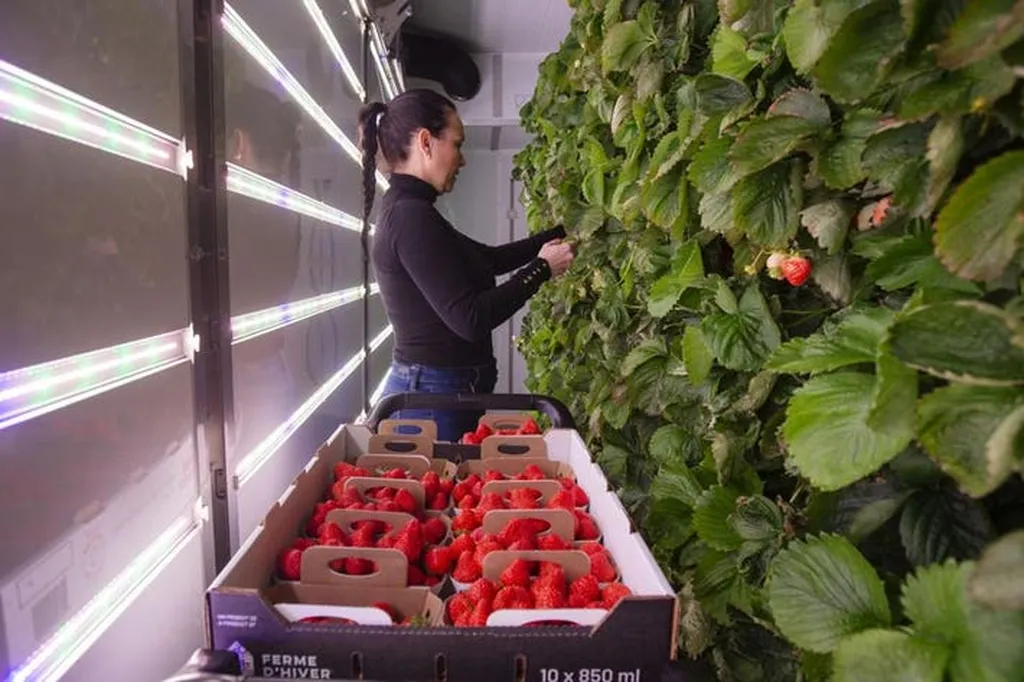In the heart of China’s agricultural innovation, a team of researchers from the College of Food Science & Nutritional Engineering at China Agricultural University, led by LANG Xinxu, has unveiled a comprehensive study that could revolutionize the hop industry. Their work, published in ‘Shipin Kexue’ (which translates to ‘Food Science’), delves into the dynamic accumulation of key chemical components in four domestic hop cultivars—Marco Polo, SA-1, Tsingtao Flower, and Kirin Fenglv—throughout their growth stages. This research not only provides a scientific basis for optimizing harvest times but also paves the way for enhancing the quality and bioactive potential of hops, a crucial ingredient in the brewing industry.
The study meticulously tracked the accumulation of total flavonoids, total polyphenols, α-acids, β-acids, and other significant compounds during five distinct growth stages, from the appearance of hop cones to harvest. Using advanced techniques like spectrophotometry and high-performance liquid chromatography (HPLC), the team uncovered fluctuating trends in chemical accumulation, with most components peaking in the mid-to-late stages before declining. “We observed that total flavonoid content reached its zenith at stage S3 in all cultivars, while total polyphenol content varied, peaking at different stages depending on the cultivar,” explained LANG Xinxu. This variability underscores the importance of tailored harvest strategies for each cultivar to maximize yield and quality.
The research also highlighted significant positive correlations between total flavonoids and total polyphenols, suggesting a synergistic relationship that could be leveraged to enhance the bioactive properties of hops. Principal component analysis (PCA) further revealed that the optimal harvest stage varied among the cultivars, with S3 being ideal for Marco Polo, SA-1, and Kirin Fenglv, while S4 was optimal for SA-1 and Tsingtao Flower. “Our findings provide a robust scientific foundation for the hop industry to optimize harvest times and improve the overall quality of hops,” noted LANG Xinxu.
The implications of this research extend beyond the immediate benefits to the brewing industry. By understanding the dynamic accumulation of chemical components, farmers and agritech companies can develop more precise cultivation and harvesting strategies, ultimately leading to higher yields and better-quality products. This could also open new avenues for the extraction and utilization of bioactive compounds, which have potential applications in pharmaceuticals, cosmetics, and functional foods.
As the global demand for high-quality hops continues to grow, this research offers a timely and valuable contribution to the field. It not only enhances our understanding of the chemical dynamics in hop cultivation but also provides actionable insights for industry stakeholders. With the brewing industry’s increasing focus on quality and sustainability, the findings from this study could shape future developments in hop cultivation and processing, ensuring a more efficient and productive sector.
In the words of LANG Xinxu, “This research is just the beginning. We hope it will inspire further studies and innovations in the field, ultimately benefiting the entire hop value chain.” As the industry continues to evolve, the insights gained from this study will undoubtedly play a pivotal role in driving progress and innovation.

